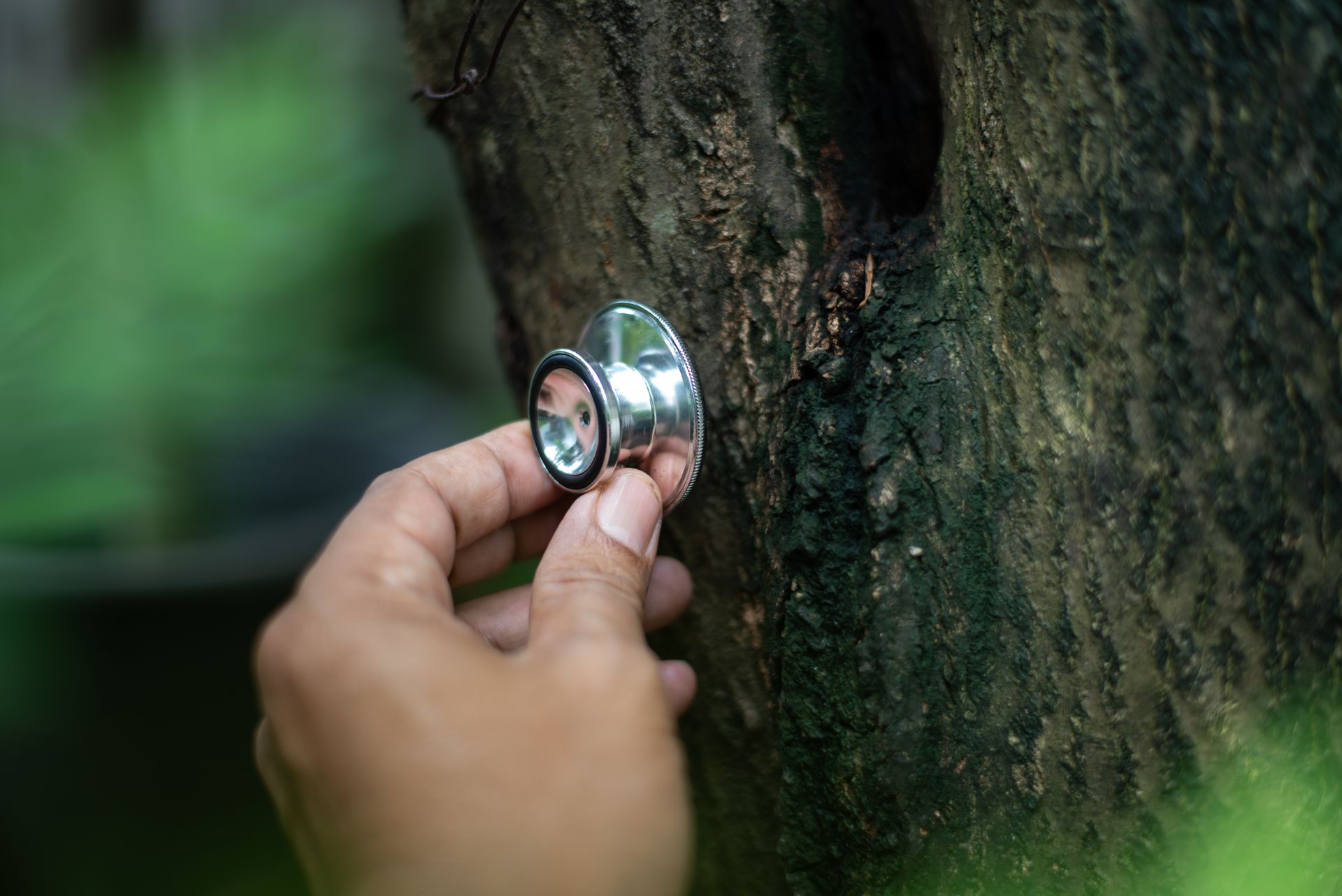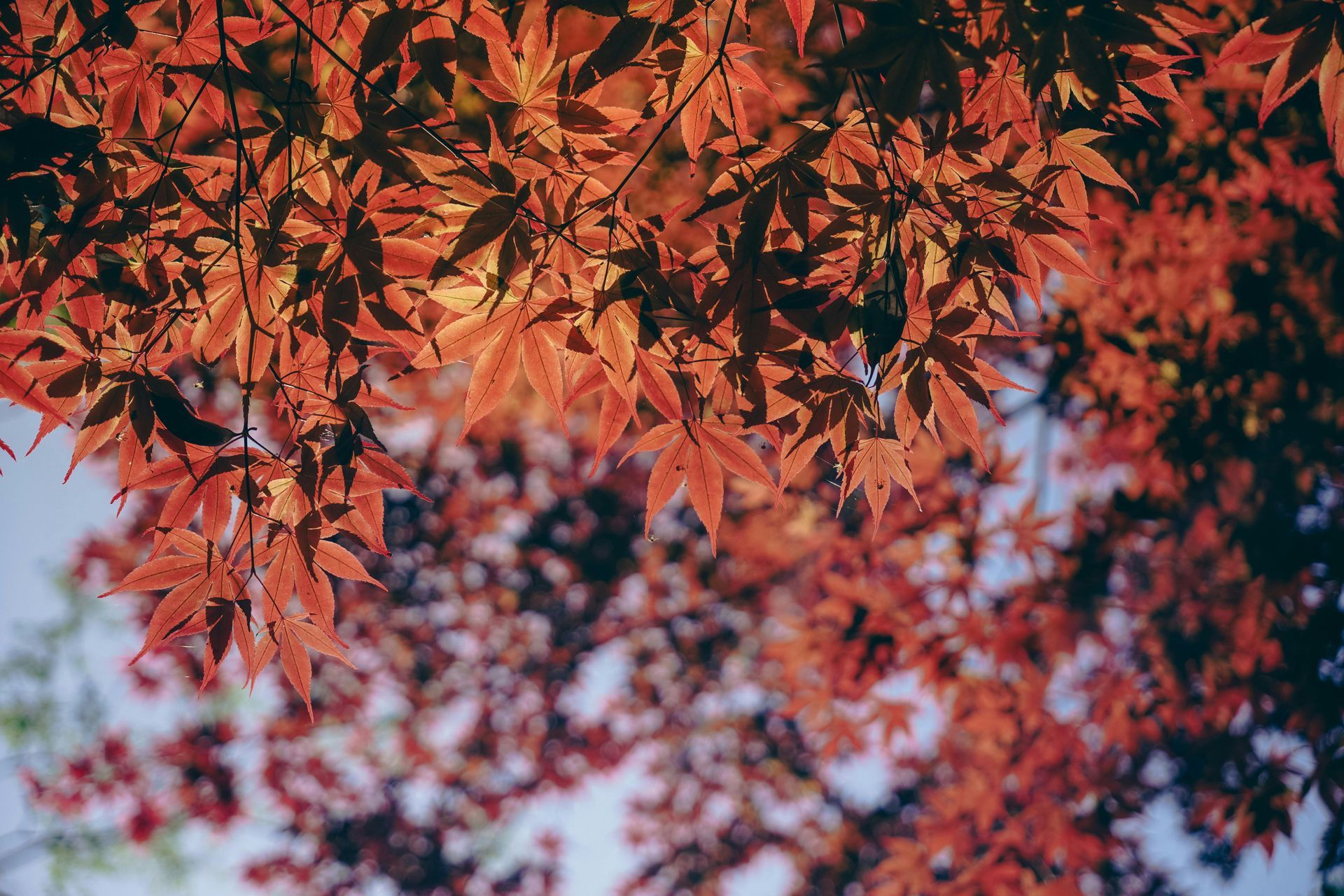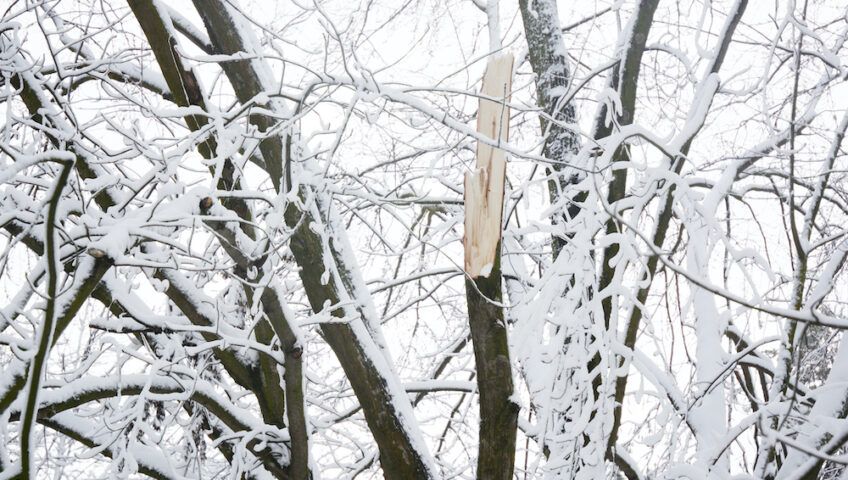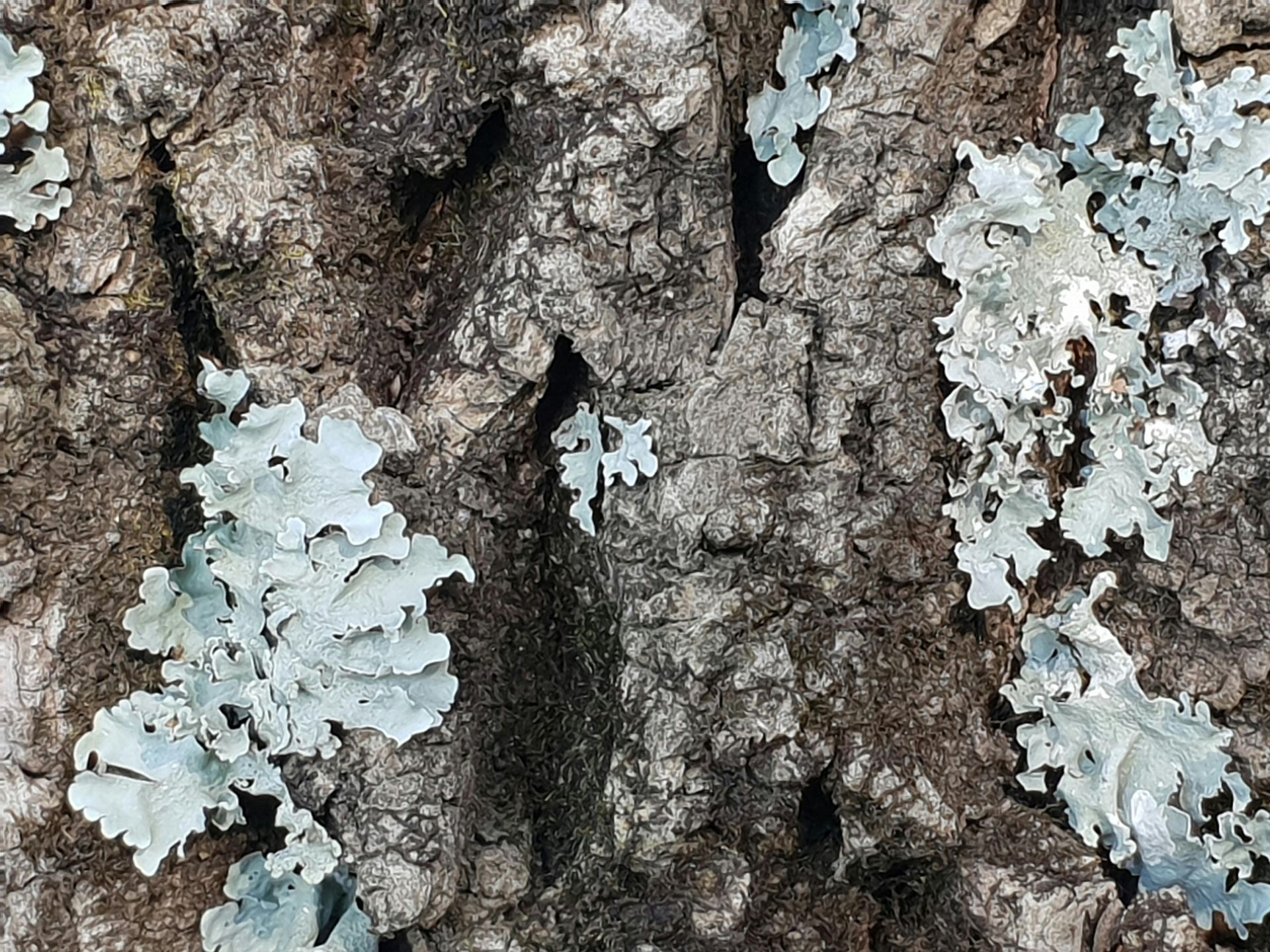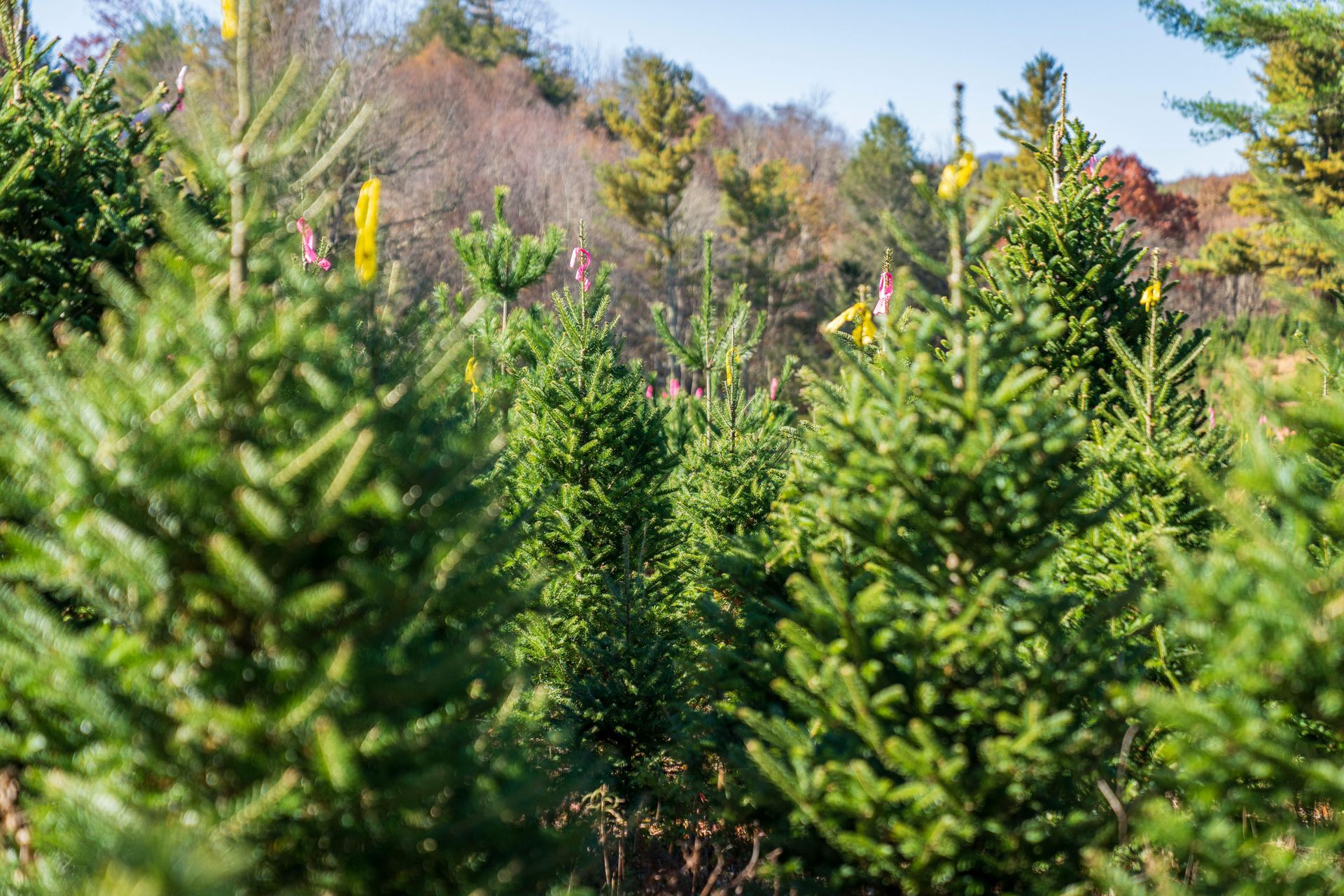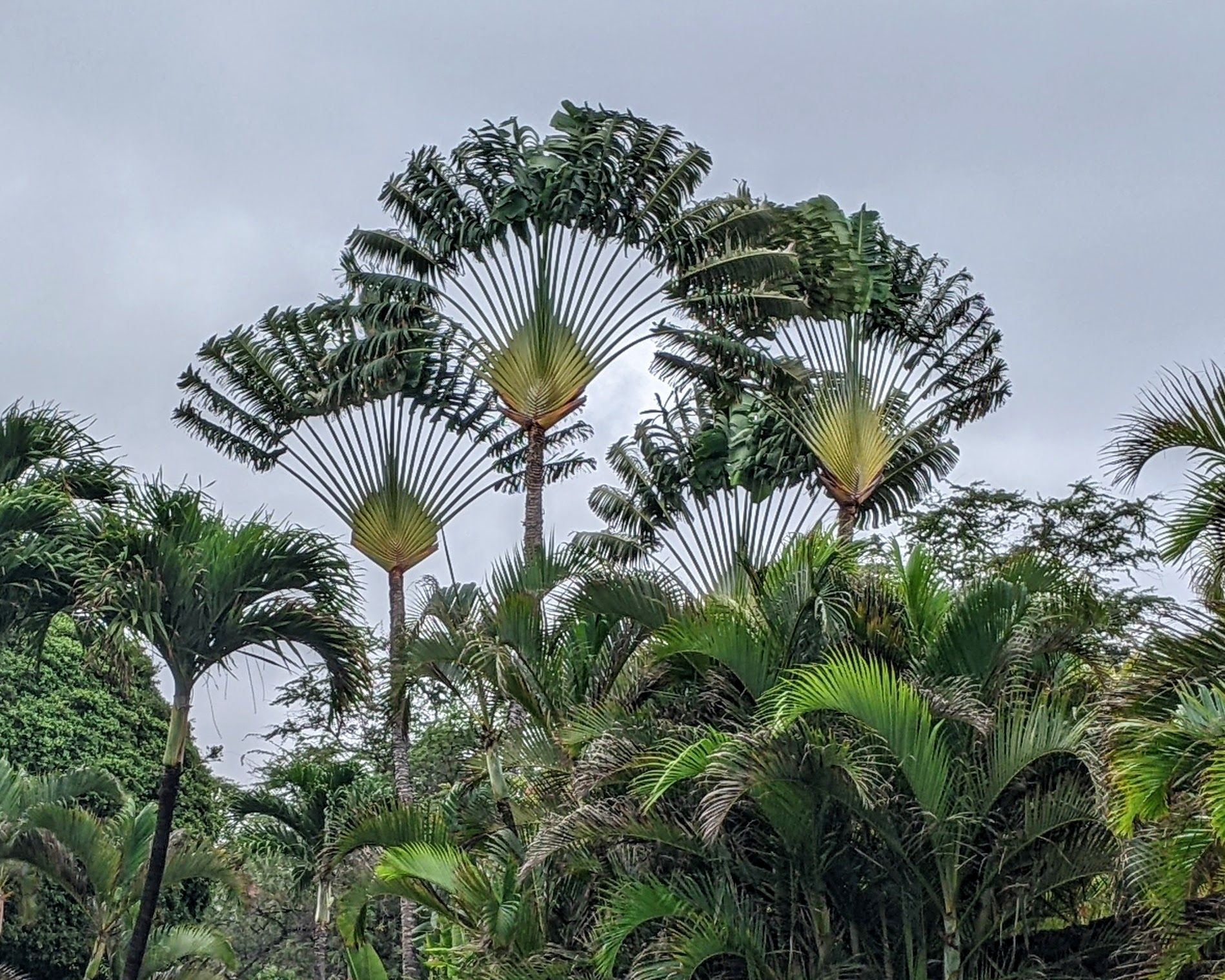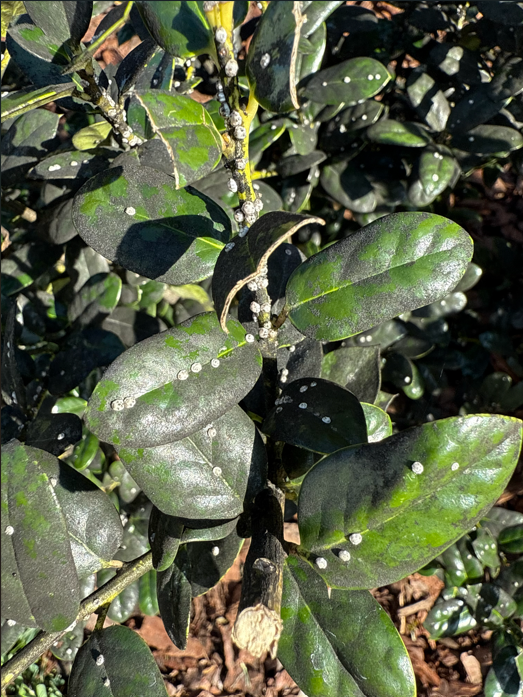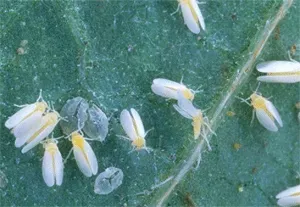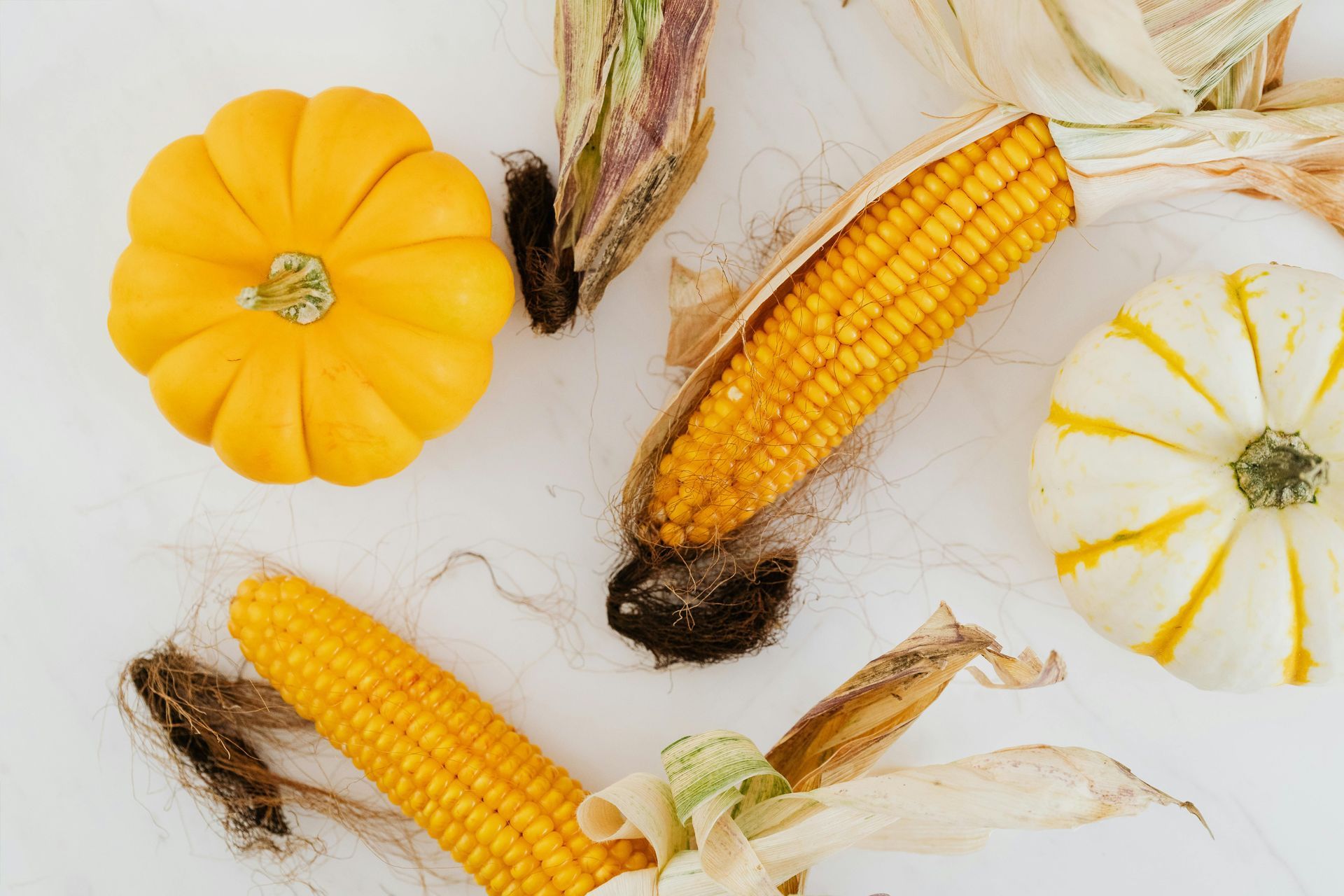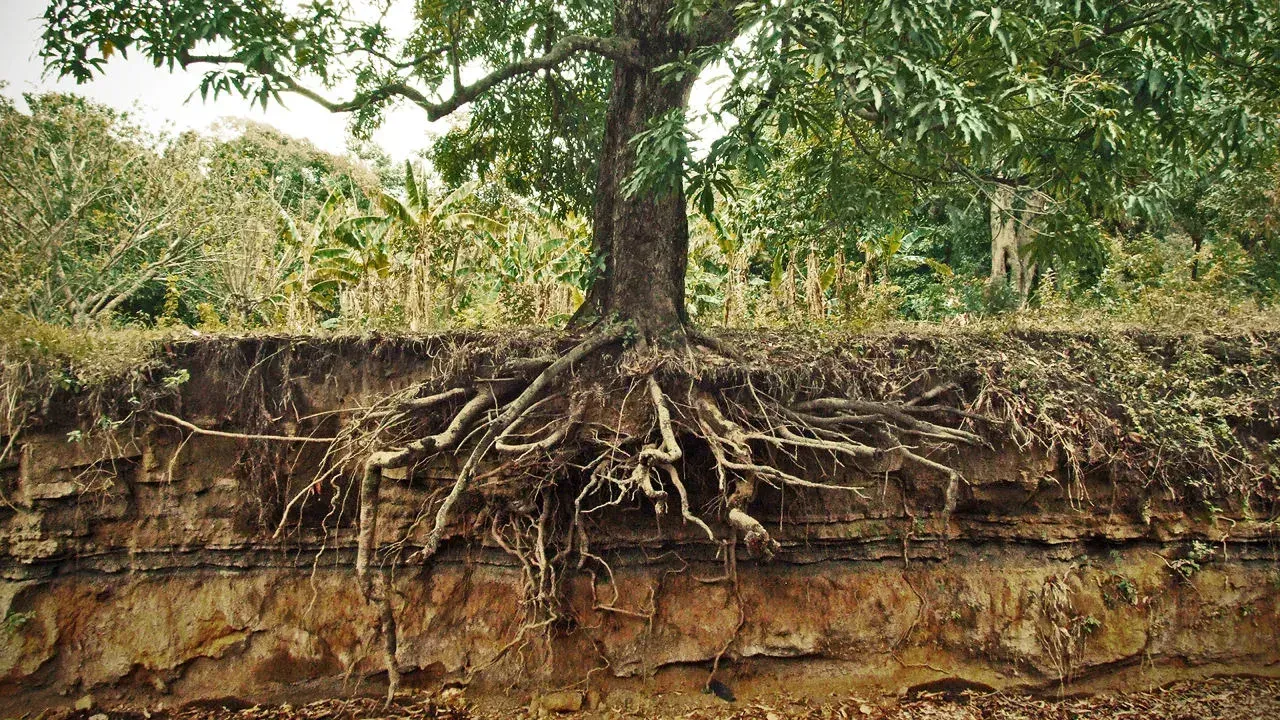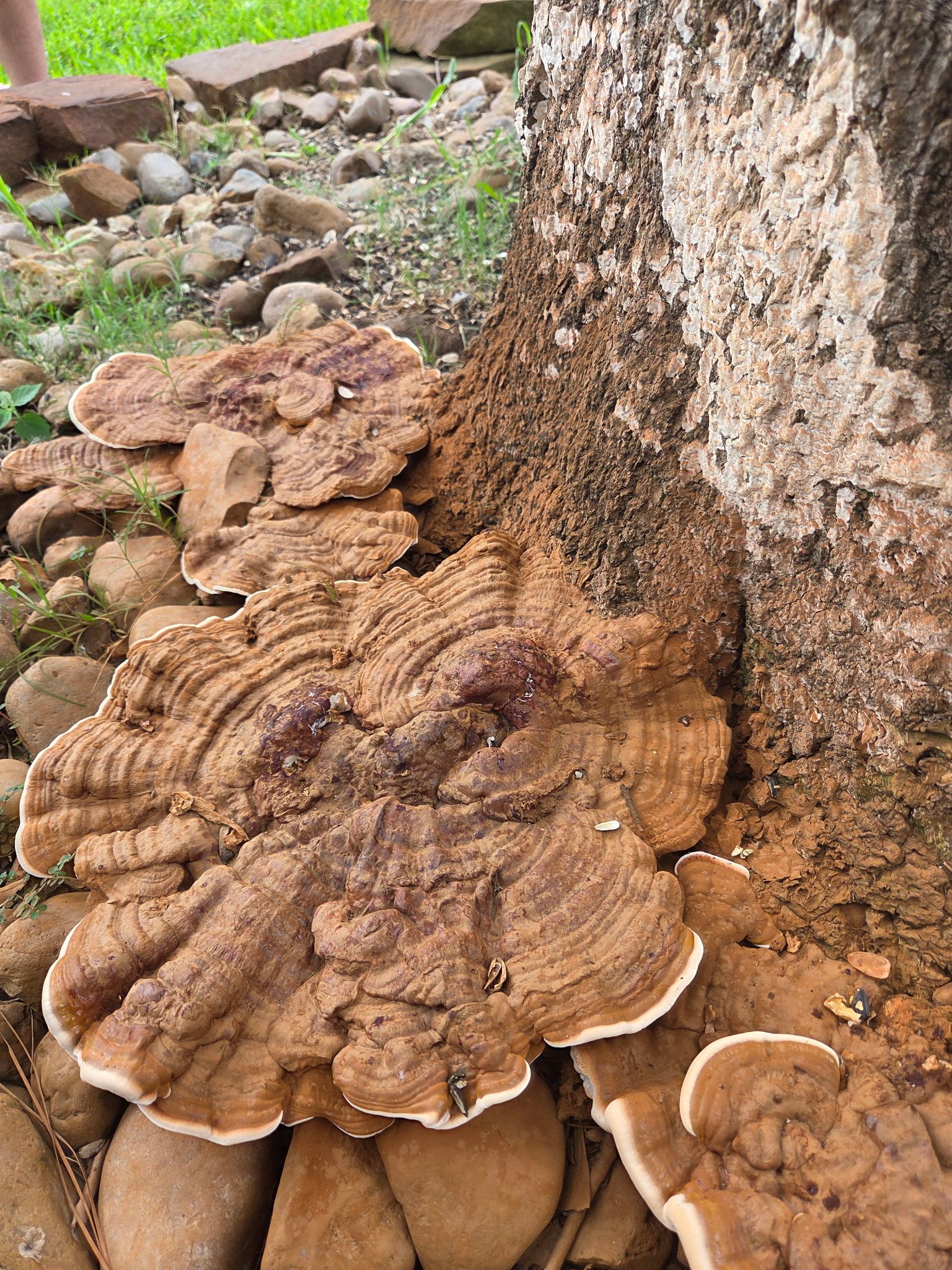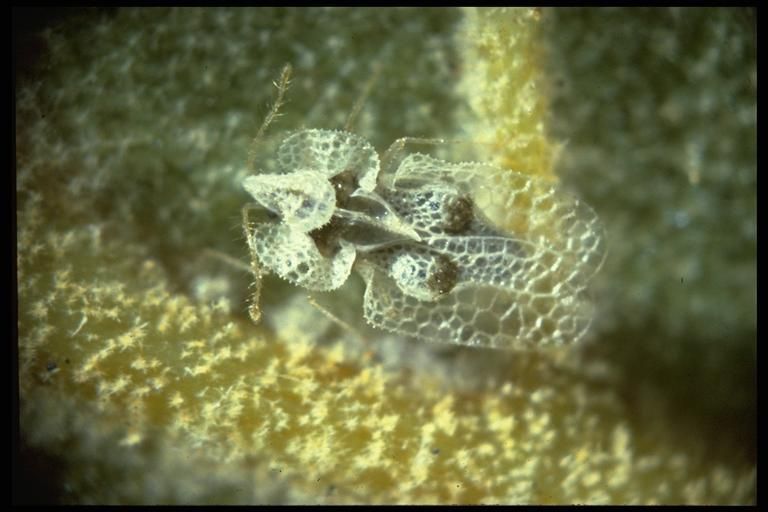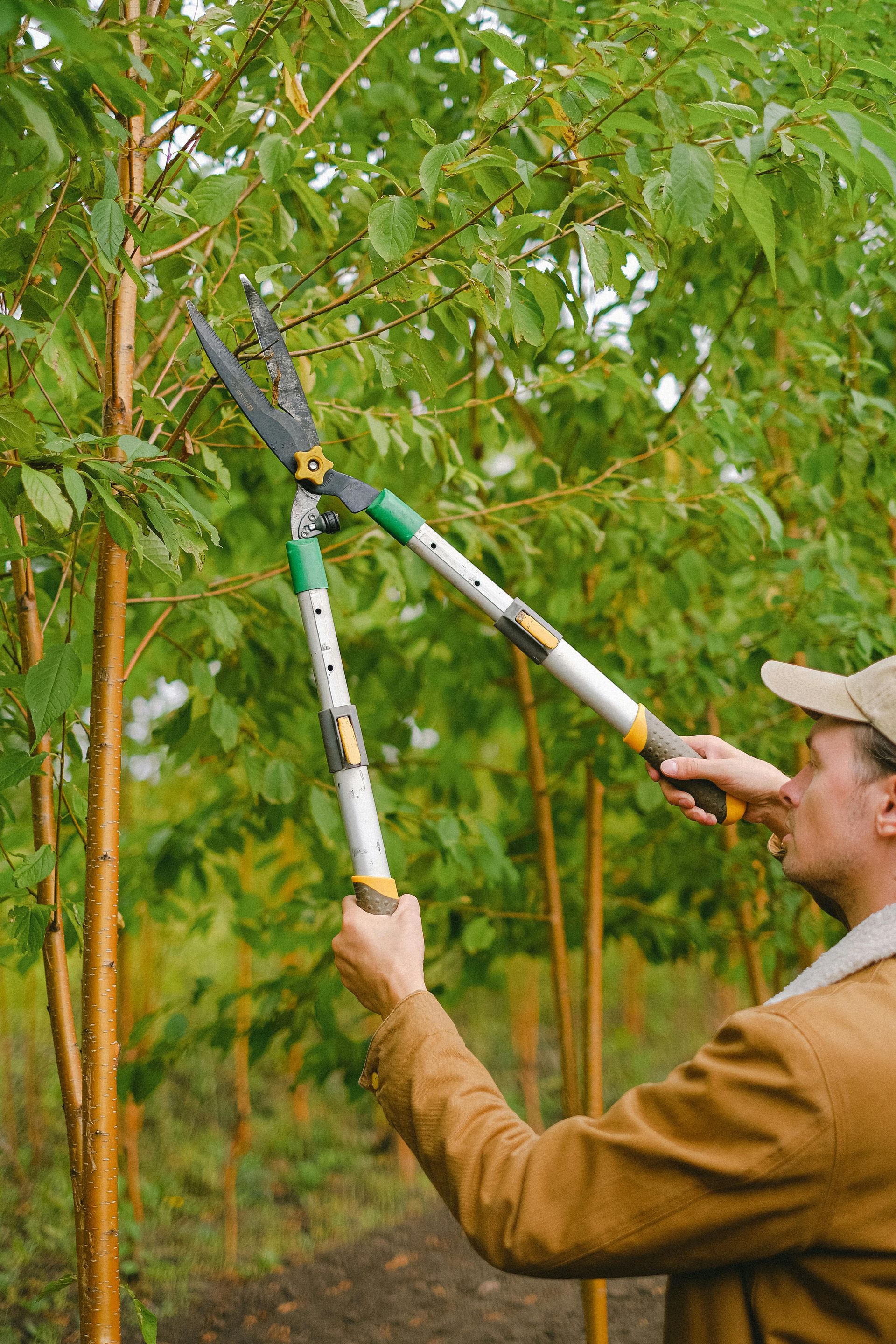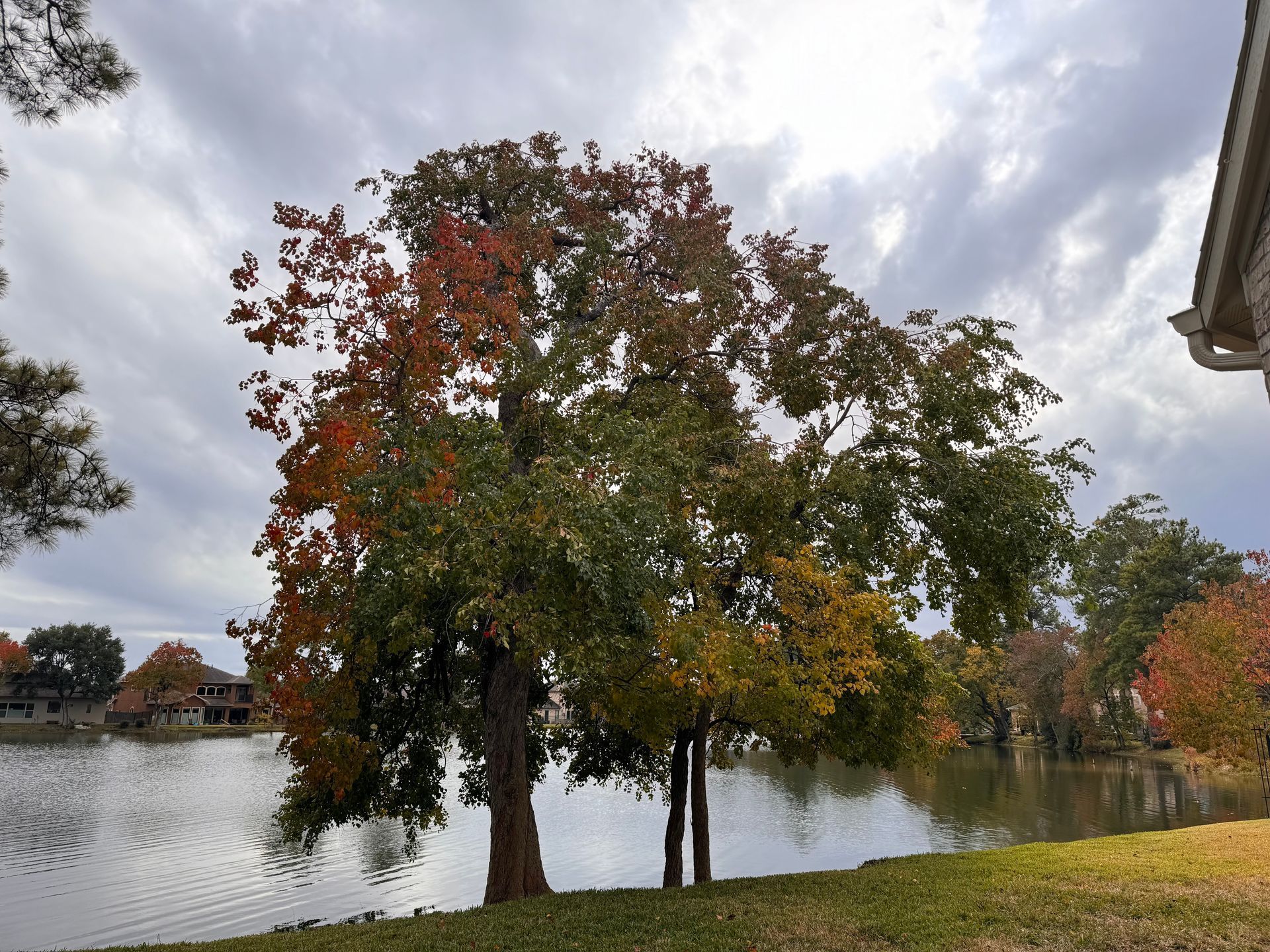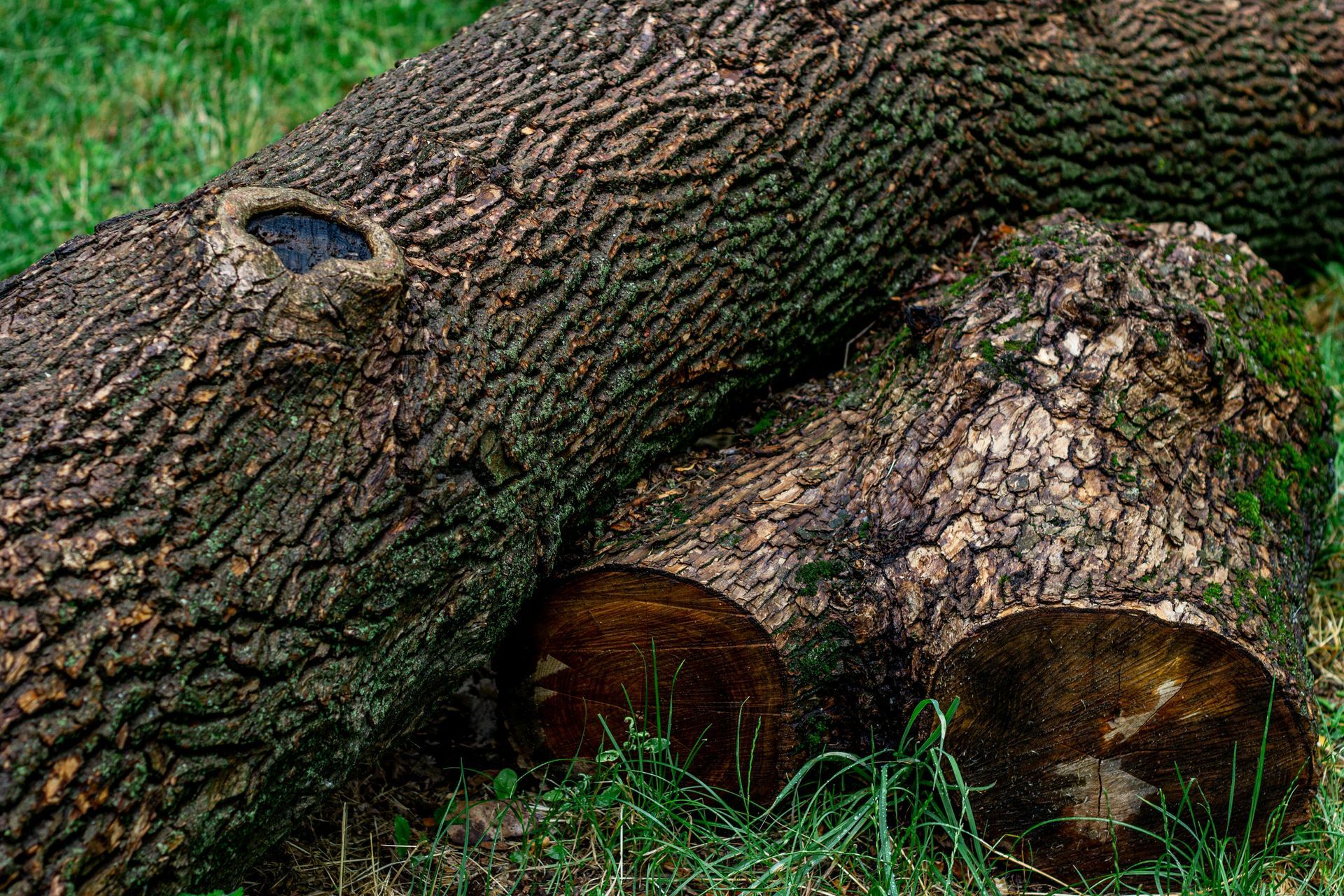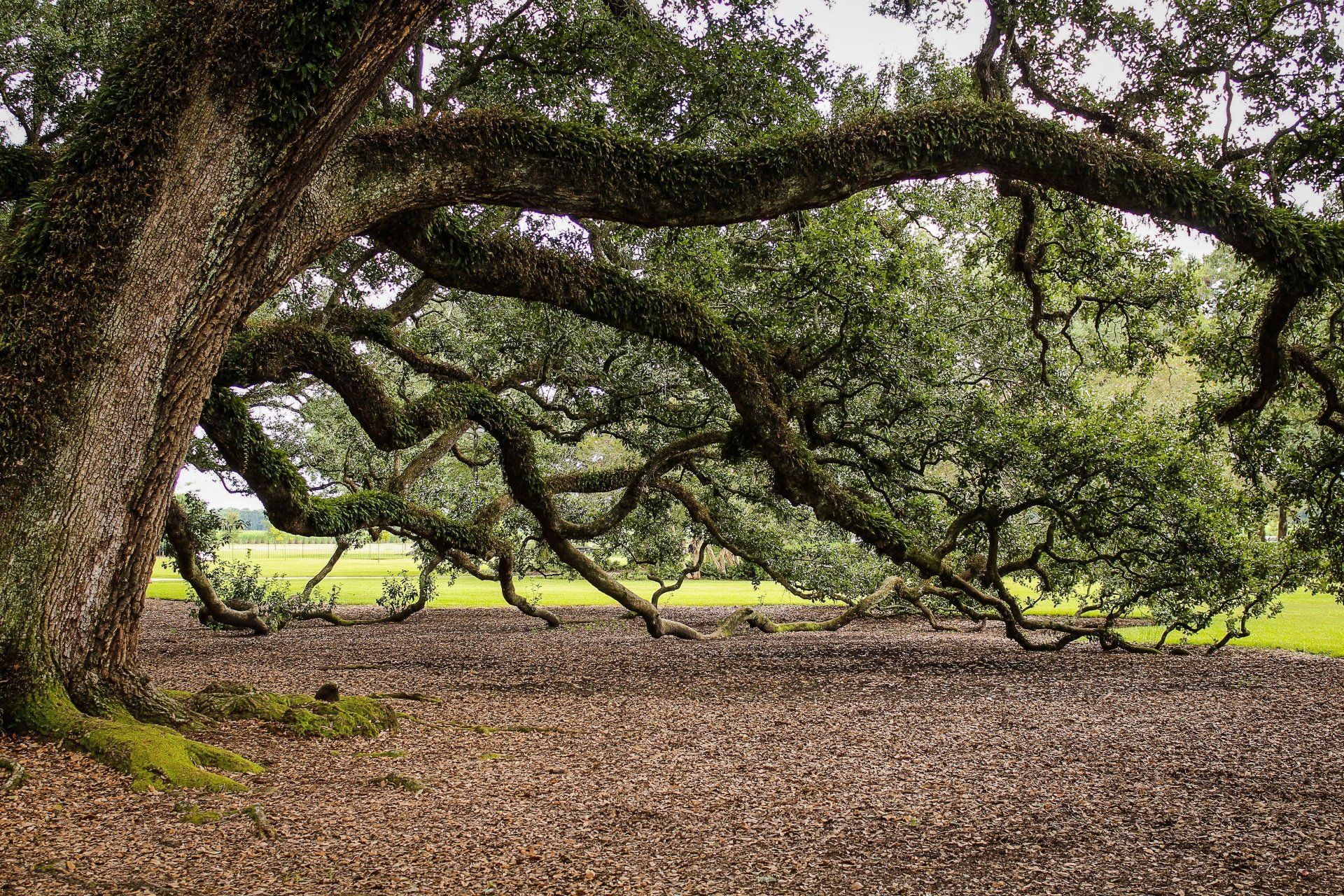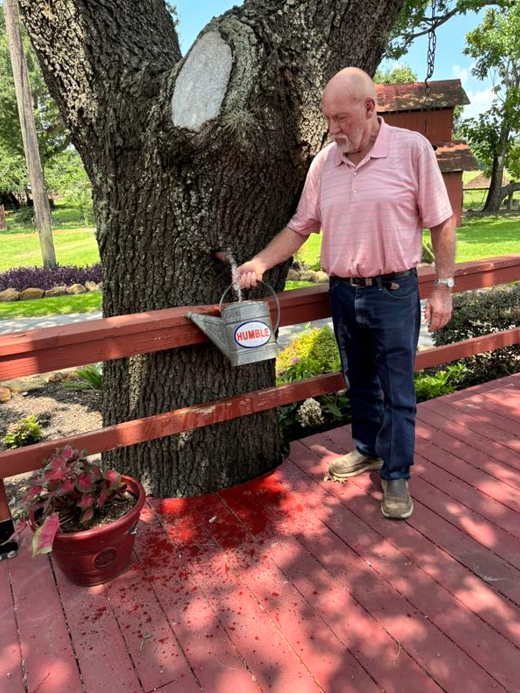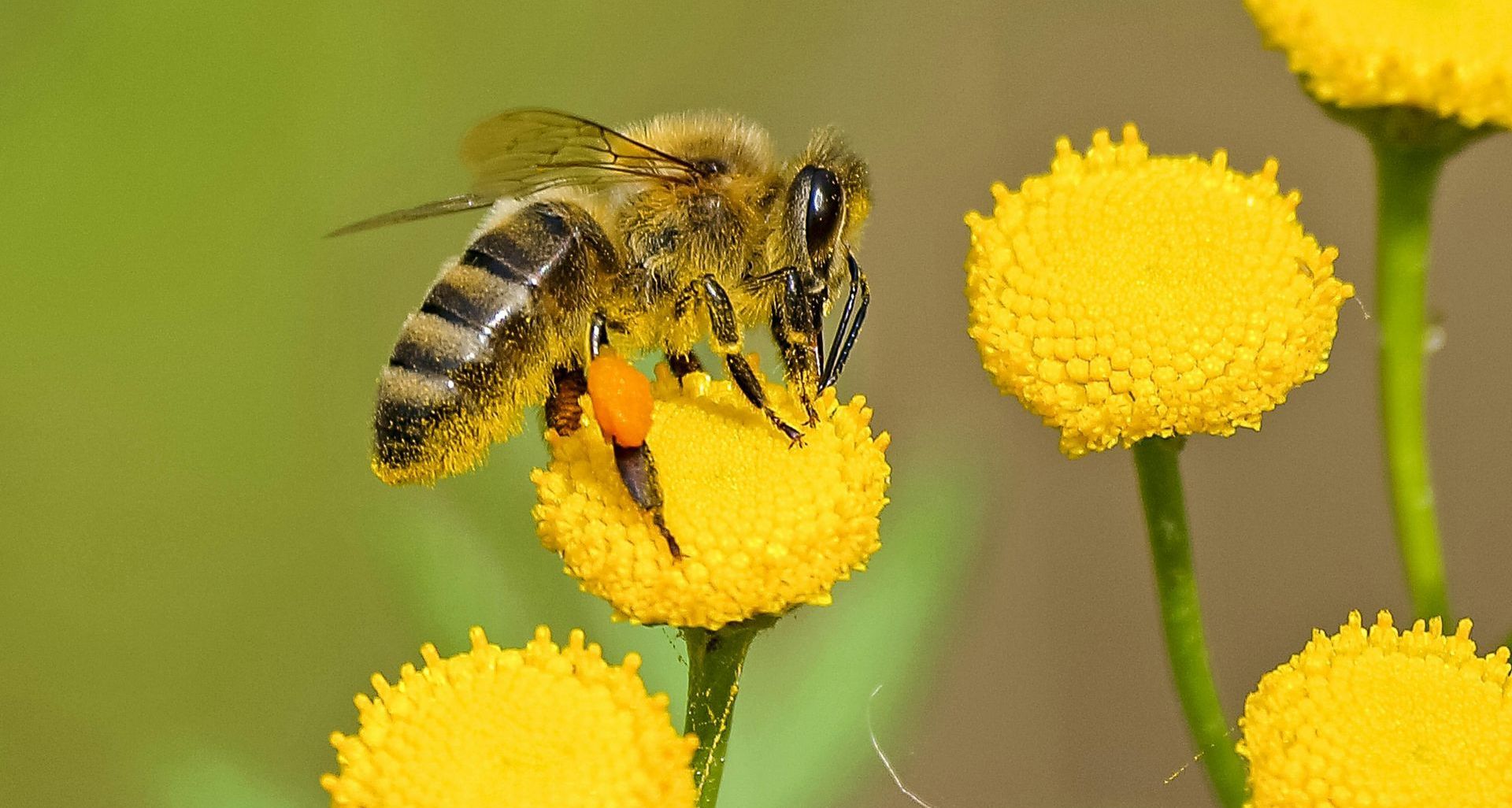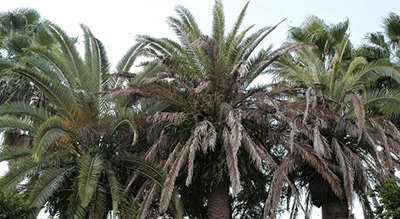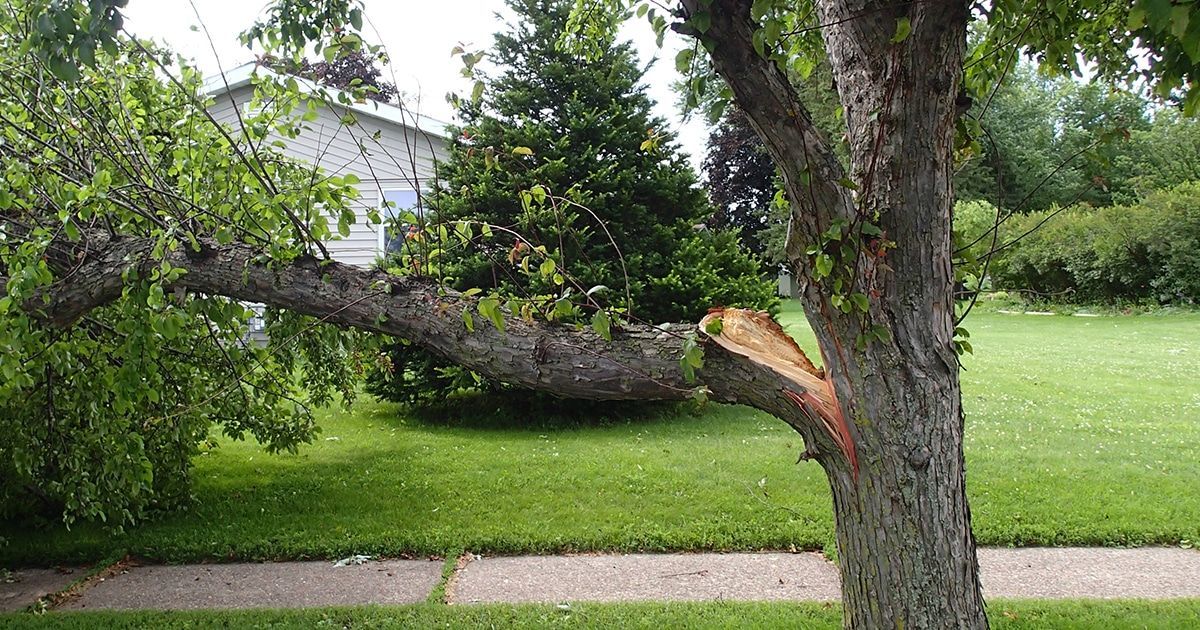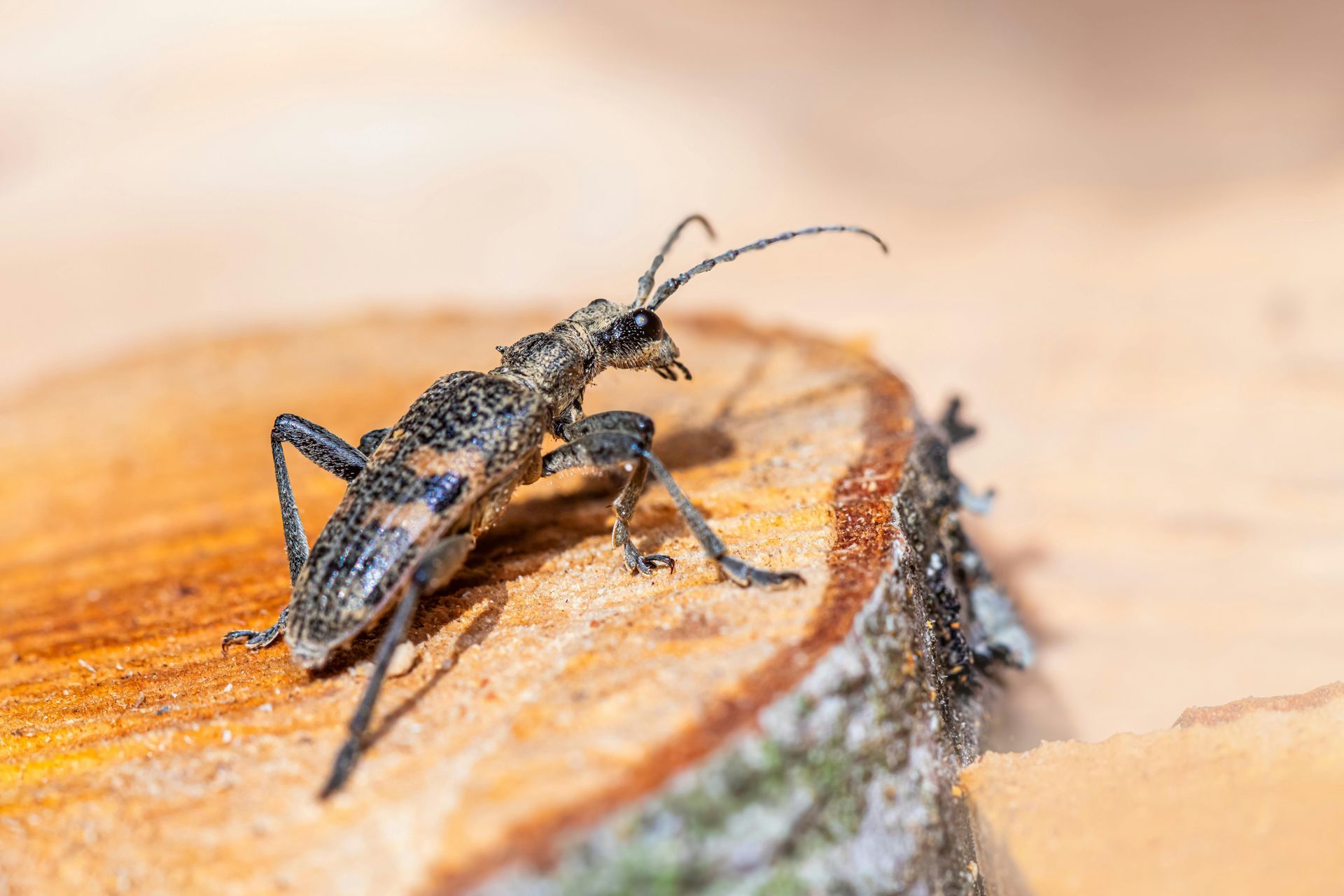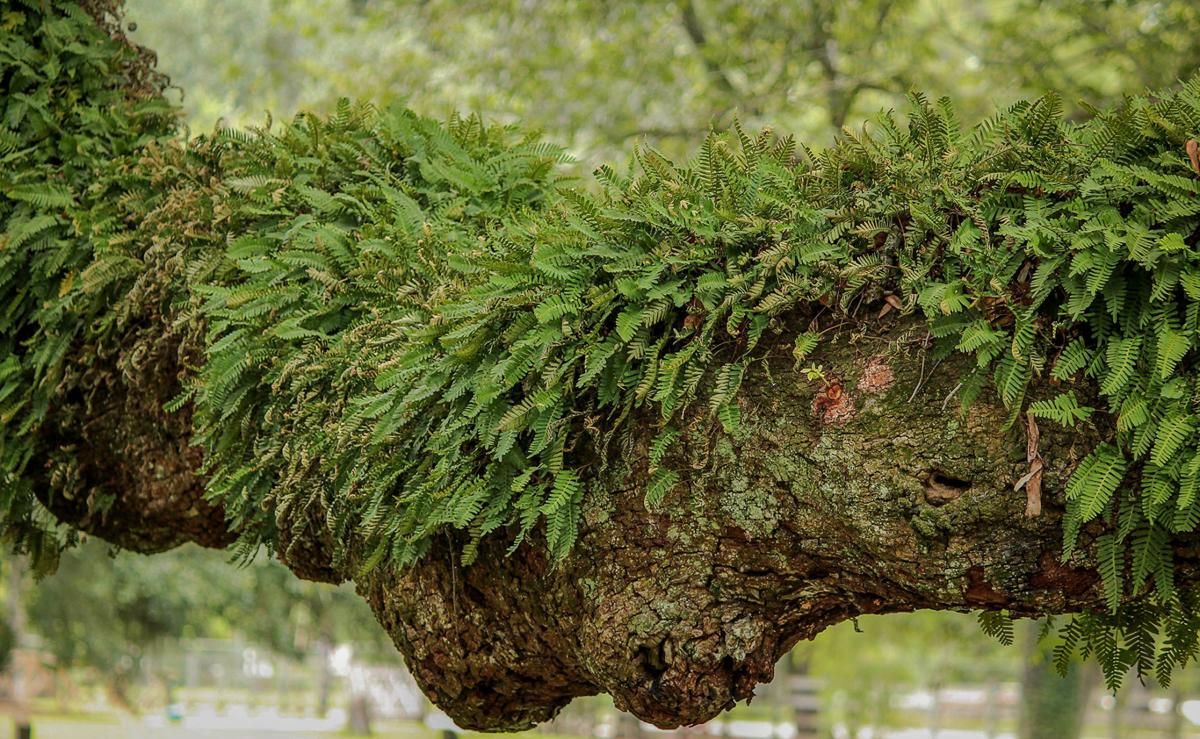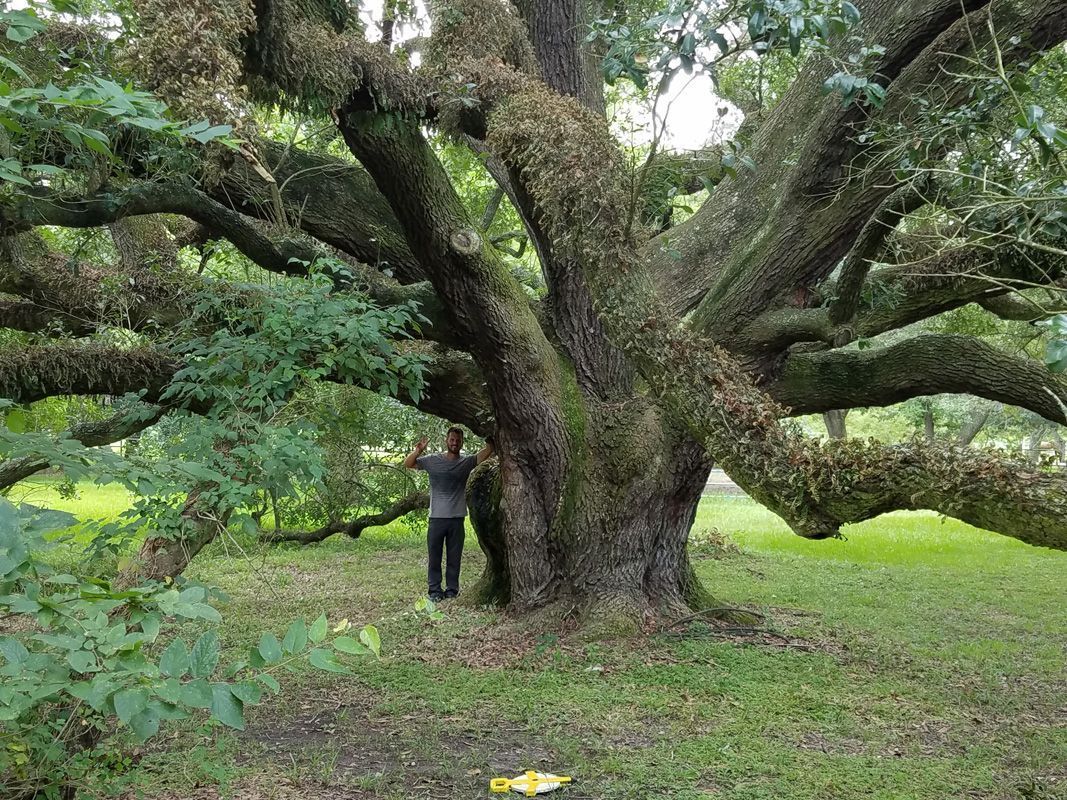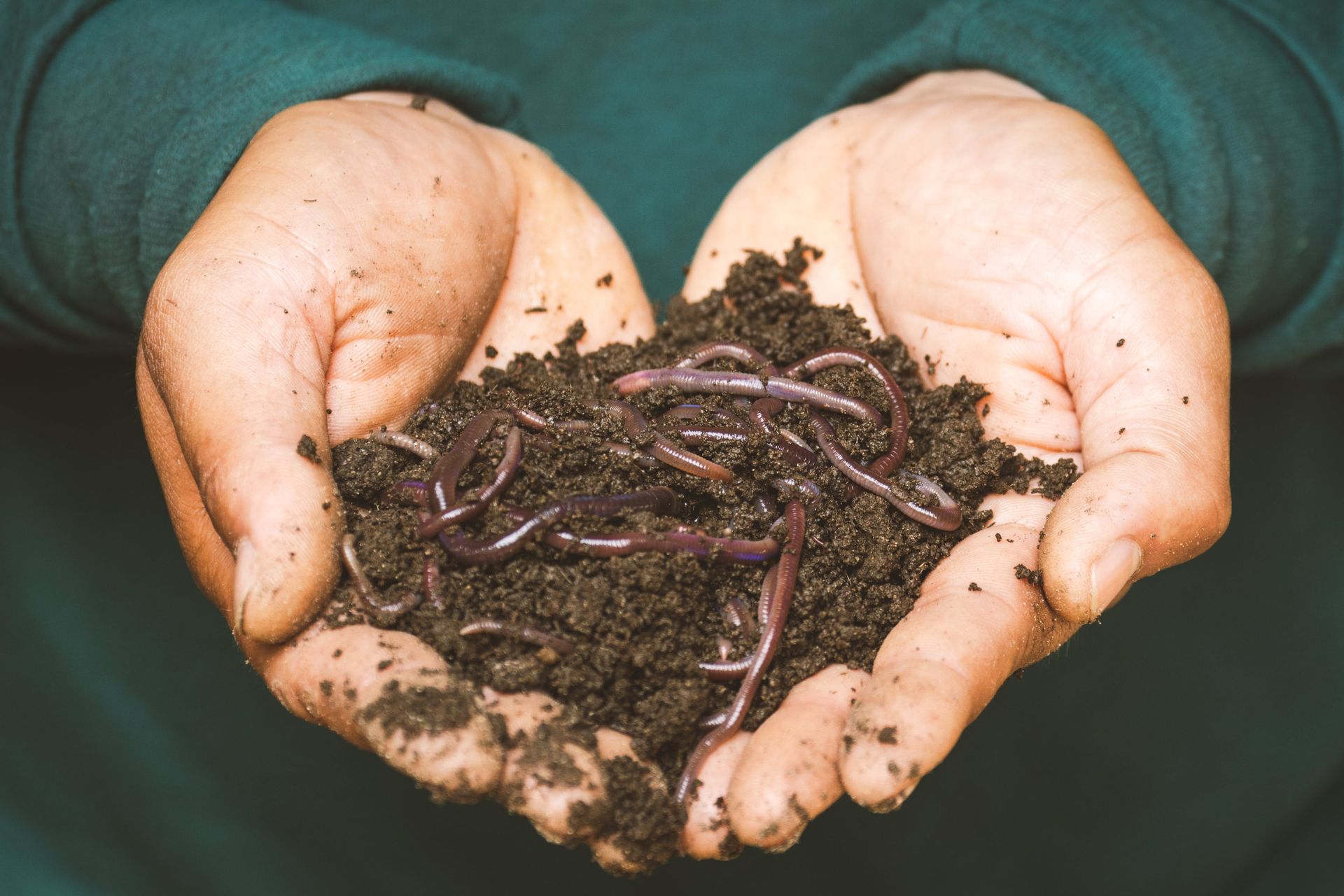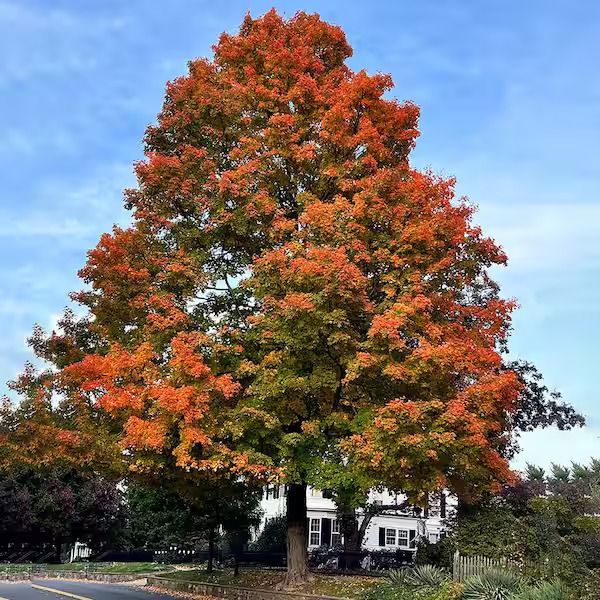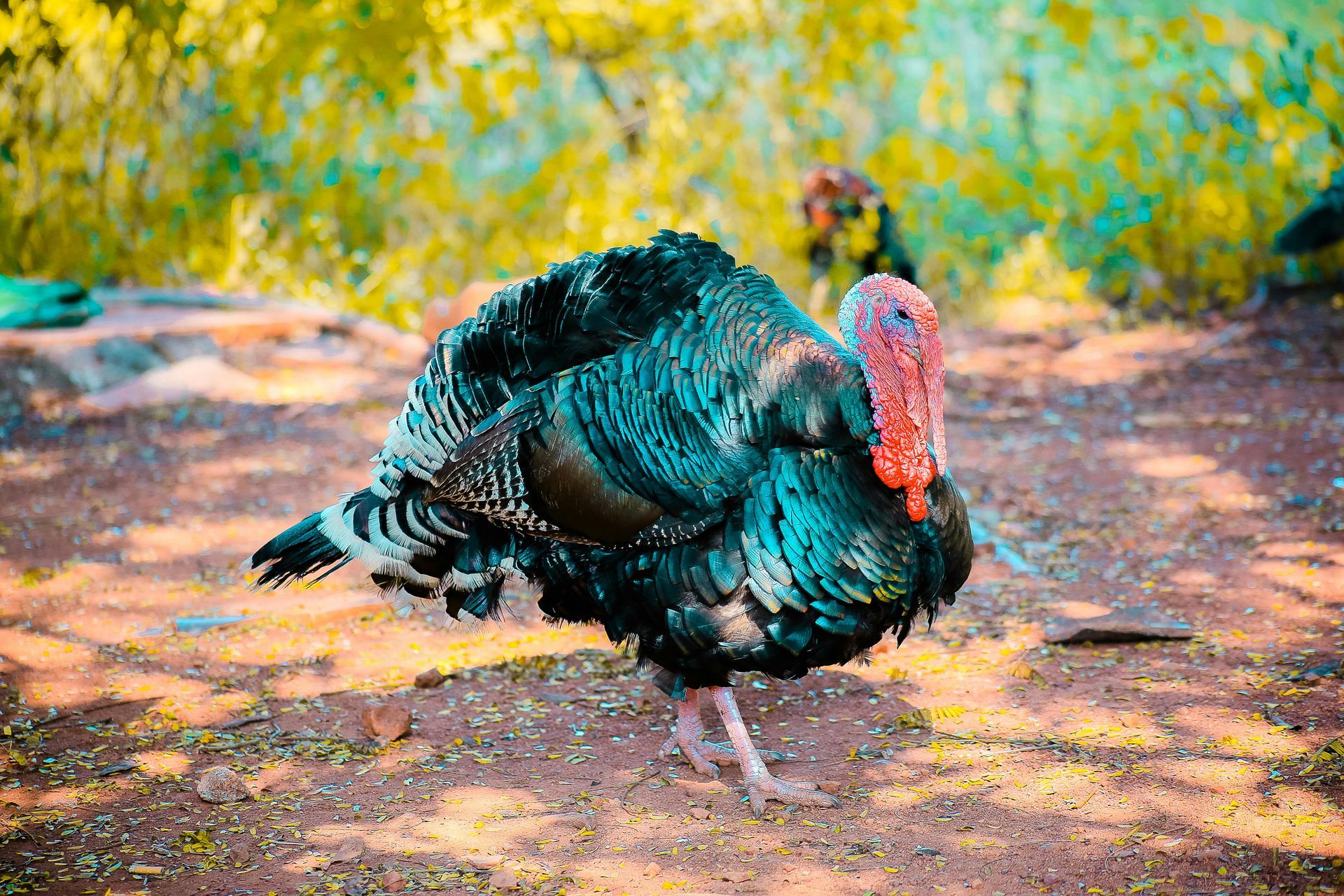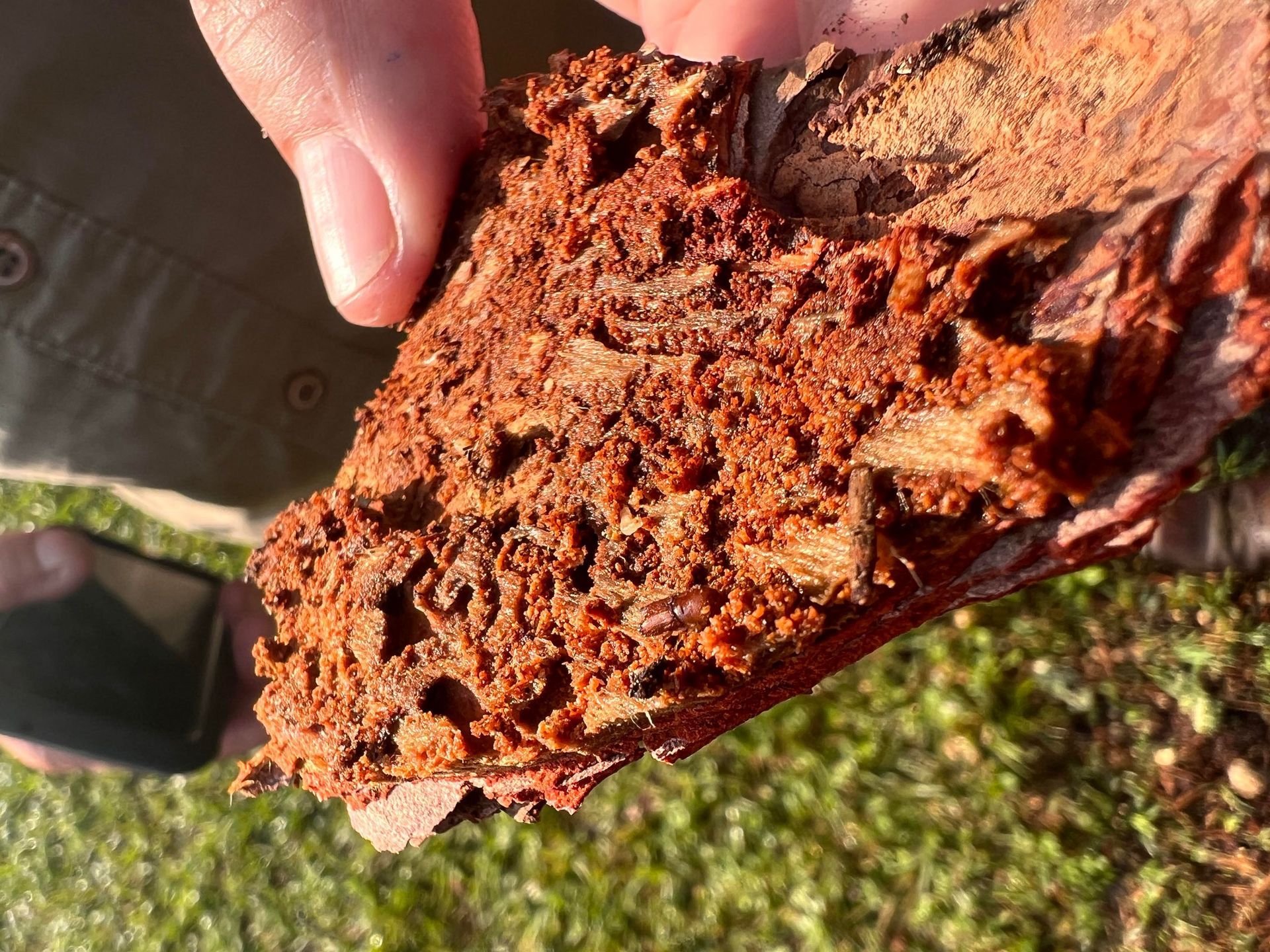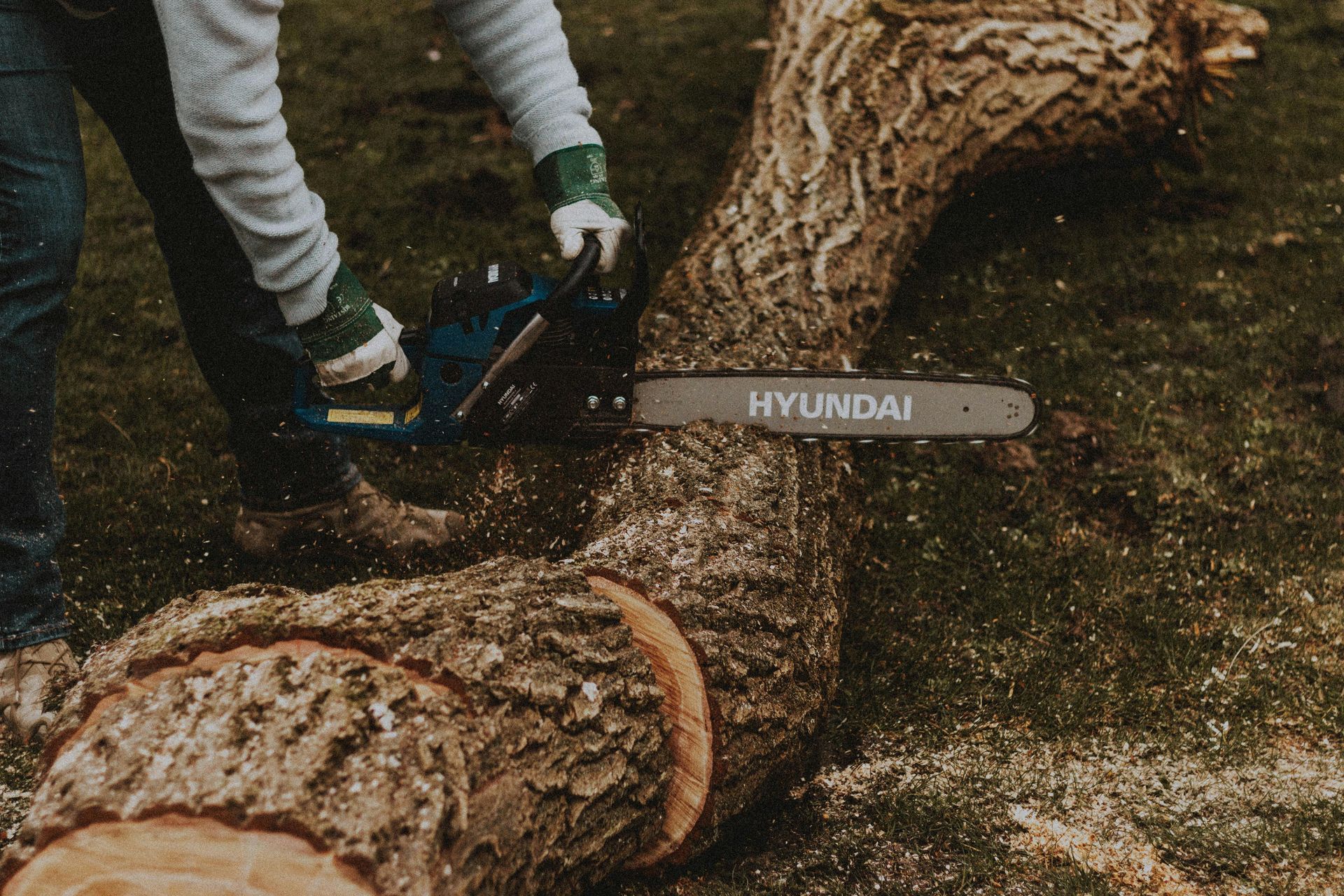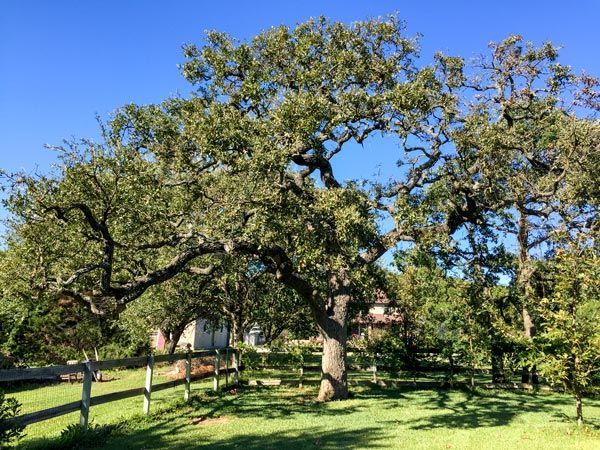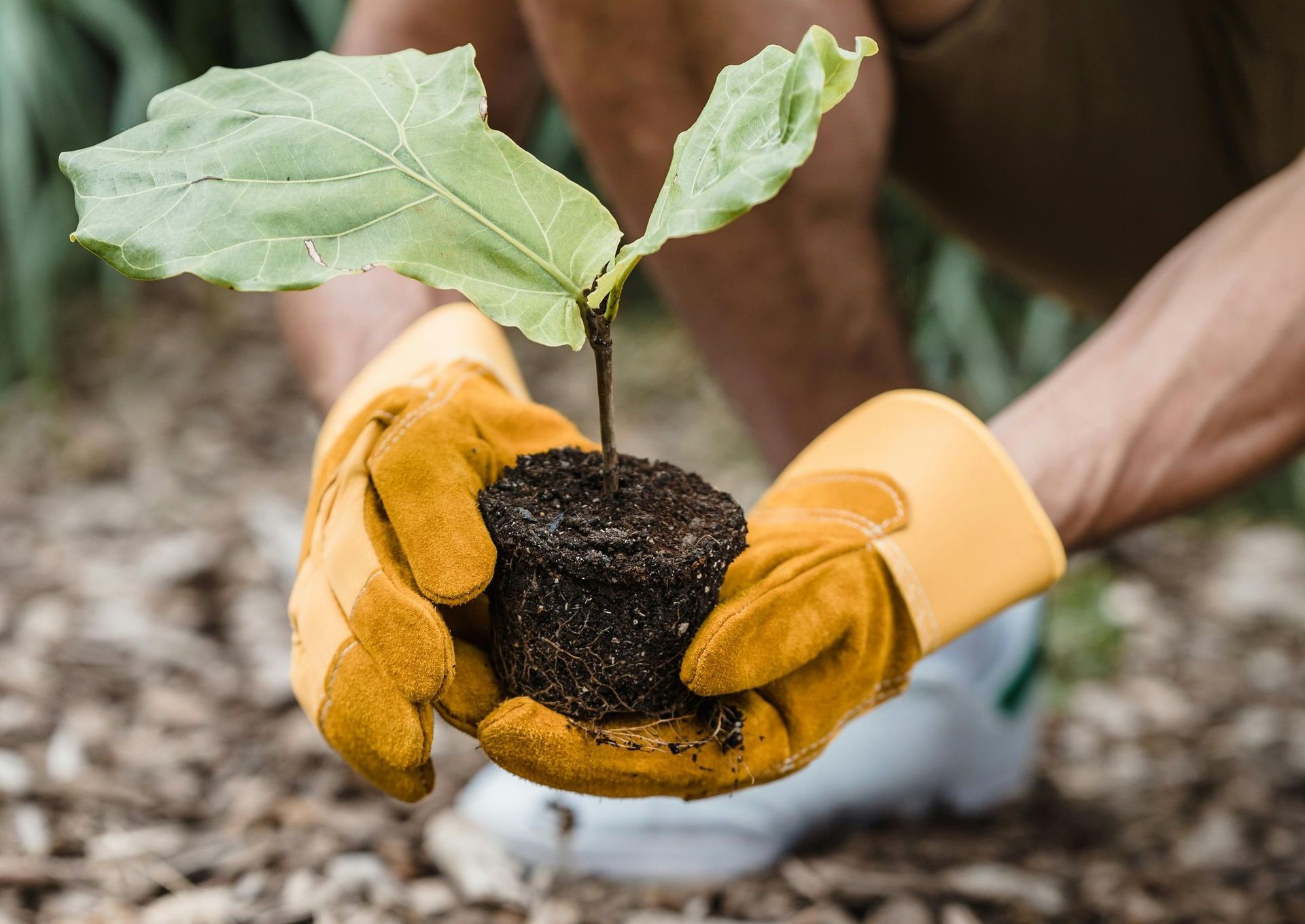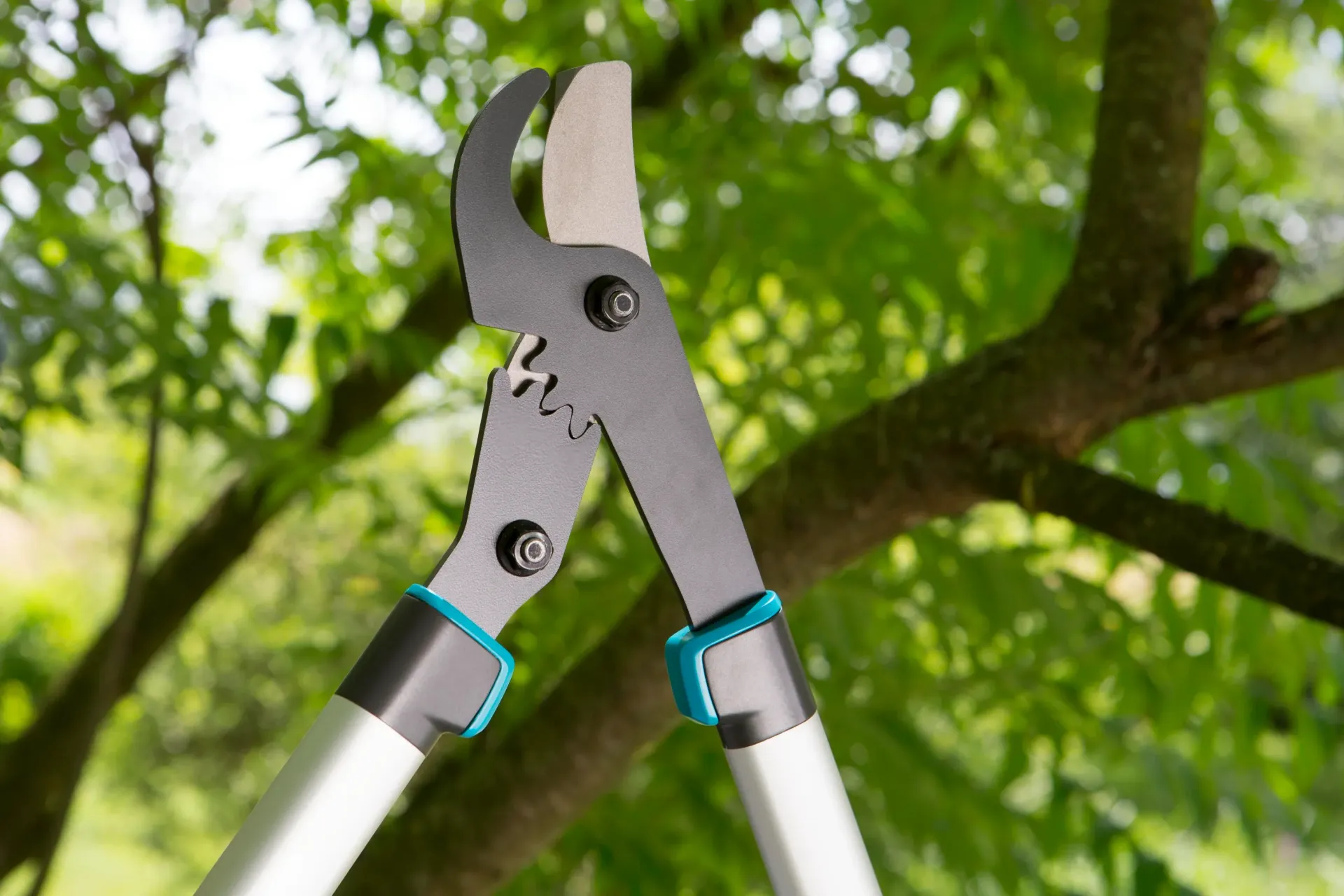Liriope’s Muse: Tree Care Tips from a Master Arborist
TRUSTED TREE CARE SERVICES SINCE 1970
Liriopes Muse: The Foreign Vegetation Wonders of Florida
I recently took a short trip to the beautiful sunshine state of Florida (St. Petersburg) to bask in the sun and take in the nature, and thought I’d share some of my discoveries with you all.
I am especially fond of the natural diversity of the state and how the natural environment can support such an array of foreign vegetation and flora. For example, the banyan tree or Ficus Benghalensis, which I have never heard of. This magnificent tree is native to India but can be found in the United States exclusively in Florida where it grows well because the climate is similar.
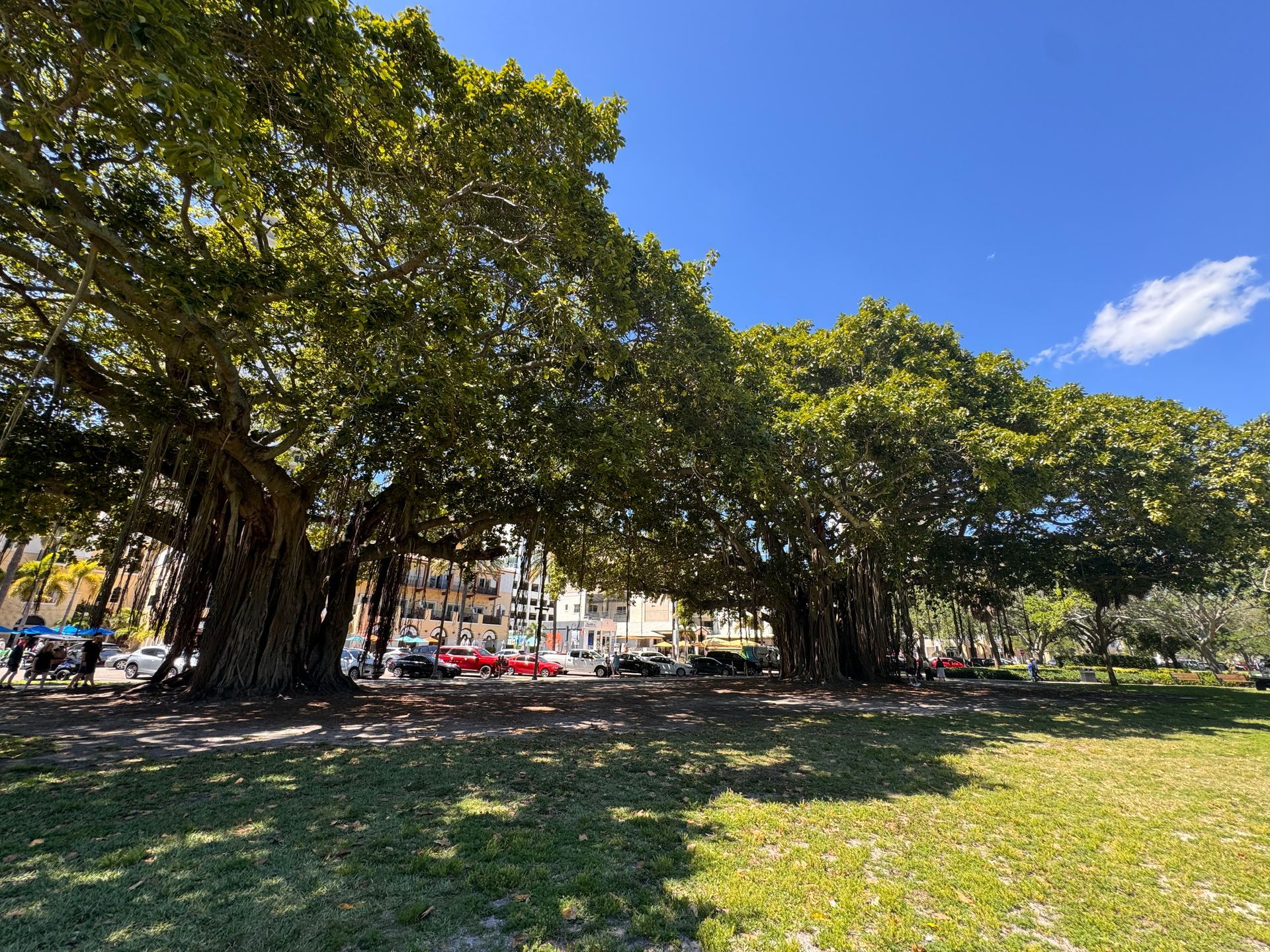
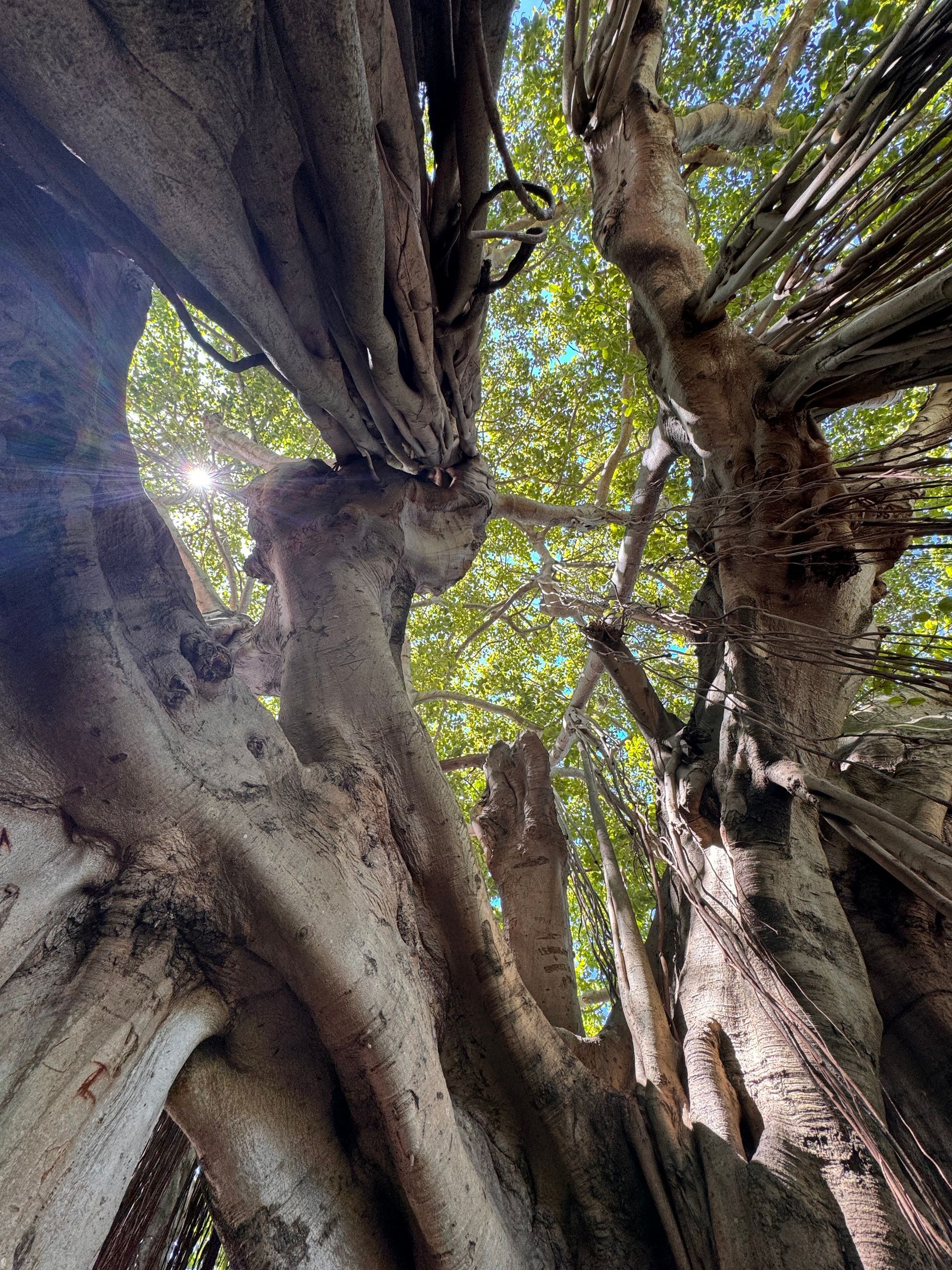
The Banyan tree, scientifically known as Ficus Benghalensis, belongs to the fig family and is native to South Asia. However, it has found its way into various tropical regions worldwide, where it thrives in warm climates and well-drained soil. The Banyan trees most notable feature is its unique growth habits—it begins its life as an epiphyte, a seed germinating in the crevice or cranny of a tree, stealing nutrients and gradually sending down aerial roots that grow into thick, woody trunks who eventually swallow and choke out the tree. These thick wood roots-turned trunks allow the tree to spread outwards indefinitely. Banyan trees can live up to 500 years and take up multiple acres, making them the largest trees in terms of the area they cover.
The Banyan tree's uses extend far beyond its ornamental beauty and cultural significance. Historically, various parts of the Banyan tree have been utilized for medicinal purposes in traditional healing practices. Extracts from its leaves, roots, and bark are believed to possess therapeutic properties, offering remedies for ailments ranging from digestive issues, skin conditions, and inflammatory conditions. Additionally, the tree's aerial roots and branches provide natural materials for crafting furniture, baskets, and handicrafts in some regions. Its dense foliage offers essential shade and shelter for many villages and communities across South Asia.
The Banyan tree also plays a crucial ecological role in its habitat. Its dense foliage provides shelter and food for a diverse array of wildlife, including birds, insects, and mammals. The aerial roots create microhabitats for epiphytic plants and support a thriving ecosystem within its embrace. Moreover, the Banyan tree's extensive root system helps prevent soil erosion and stabilizes riverbanks, making it a valuable asset in conservation efforts and land restoration projects.
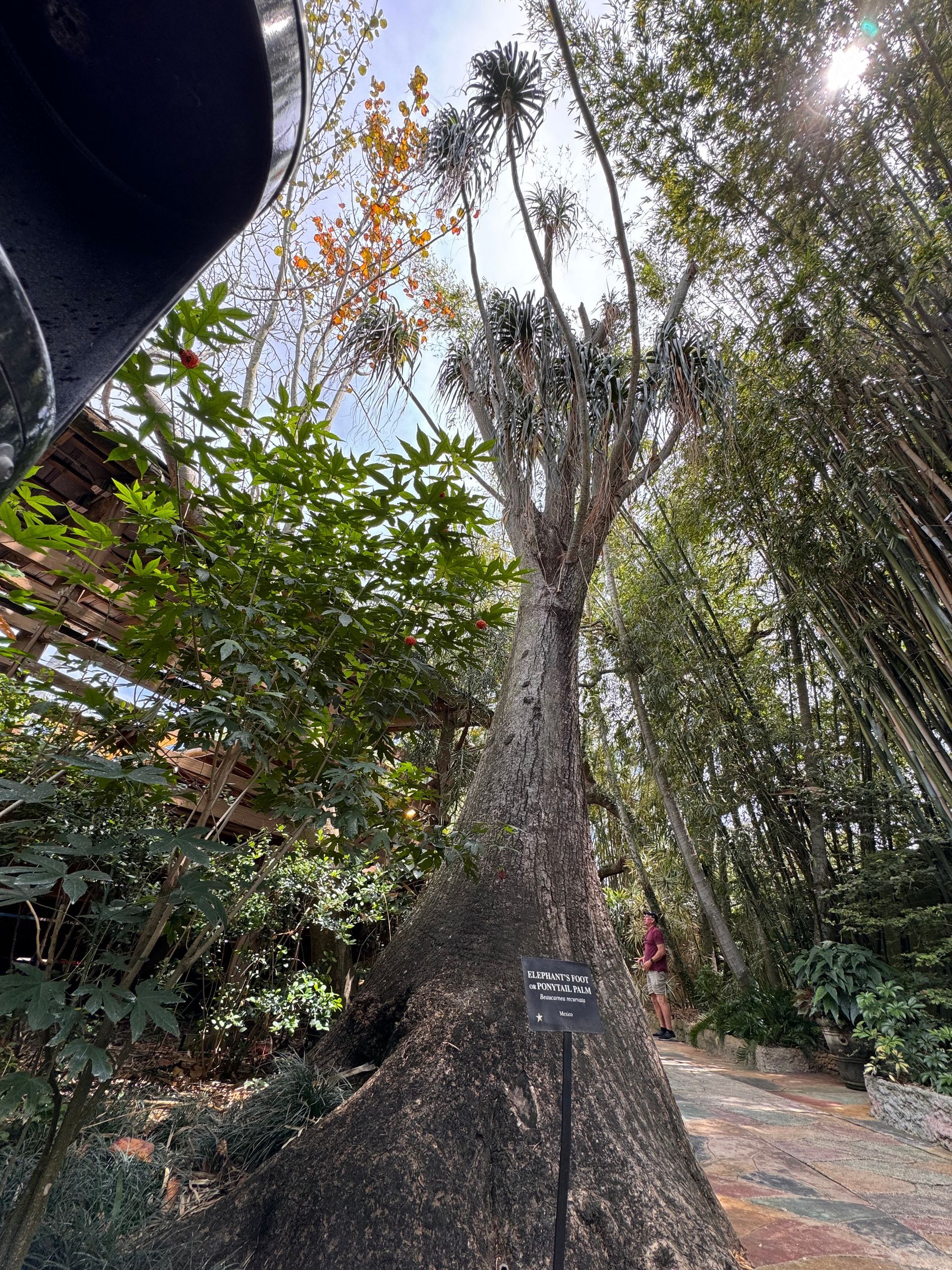
Another plant that I found to be fascinating is the Ponytail “Palm” or Elephant Foot Tree (Beaucarnea Recurvata). This plant is not a true palm, it is one of seven species belonging to the genus Beaucarnea and agave family making it a succulent. This imposter palm is native to Mexico, Belize, and Guatemala, but can be found in the United States in California with assistance but only in Florida where it can thrive untouched due to the similar climate and environmental conditions.
It is characterized by a swollen, bulbous trunk that stores water, enabling it to withstand periods of drought. Atop the trunk sits a tuft of long, slender, arching leaves resembling a ponytail, giving the plant its distinctive appearance and the “Ponytail” name.
The ponytail palm is popular as a houseplant due to its low maintenance requirements and tolerance to a variety of indoor conditions. It thrives in bright, indirect light and well-draining soil, requiring infrequent watering to prevent root rot. With its charming silhouette and resilience, the ponytail palm adds a touch of exotic elegance to any indoor space, making it a beloved choice among plant enthusiasts.
And lastly, another foreign plant that is thriving in Florida’s environment that I feel is worth note is the Travelers Palm (Ravenala madagascariensis). Its native to the forests of Madagascar but can be found in growing in gardens across the tropics and all over southern Florida (and occasionally in southern California)
This plant too is not a palm, but a remarkable palm-like imposter related to bananas and birds of paradise (members of the Strelitziaceae family). The travelers palm can grow up to 100 feet (or 30 Meters) and features large, paddle-shaped leaves arranged in a fan shape allowing rainwater to collect in its leaf bases. The frond’s unique structure is often likened to a traveler's fan, which is believed to be where it gets its name. Another believed reason for its name is because the sheaths of the stems hold rainwater, which supposedly could be used as an emergency drinking supply for needy travelers. An alternative fascinating and more plausible reason for its name is that the fan tends to grow on an east–west line, providing a crude compass to travelers passing through.
Furthermore, the hollow stems of the Traveler's Palm can store water, making it a valuable resource in times of drought. Beyond its utilitarian properties, the Traveler's Palm is prized for its ornamental value, adding a tropical touch to landscapes and gardens worldwide. With its captivating beauty and practical benefits, the Traveler's Palm remains a symbol of resilience and hospitality in the plant kingdom.
Liriope’s Muse - Expert Tree Care Tips
